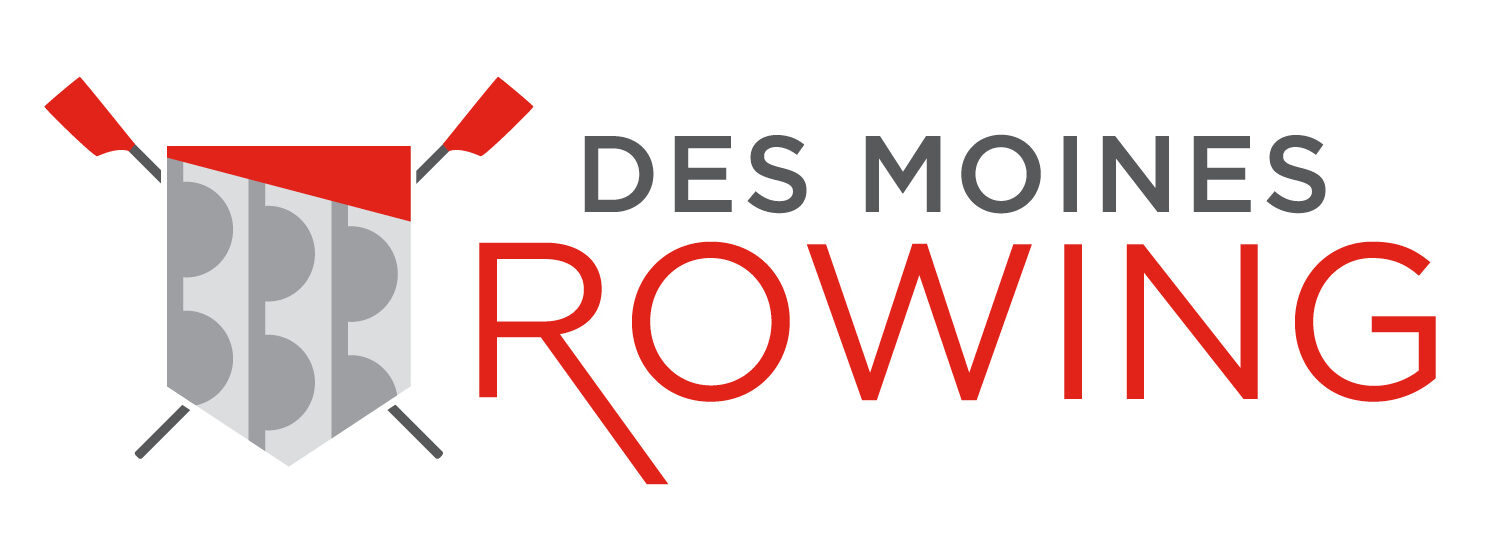Learn to Scull Program: first session $25, then $190
Sculling is taught in small group sessions scheduled between volunteer coaches and participants. Weather conditions are a key determinant of when sculling can safely be taught to beginners. It generally takes 4-8 sessions to learn club policies, procedures and safety, learn how to safely and effectively handle sculling equipment, maneuver during docking and rowing, successfully complete a self-rescue in the water, and take a coxing theory clinic.
Once new scullers have been certified, they are encouraged to practice on the lake or other safe setting with a sculling partner. First year scullers may also row in a double or quad on the river with more experienced, certified members in the bow. Following club guidelines of required experience and training, scullers may request additional certification for river and bow seat in a double and quad. Enrollment in Learn to Scull is first come, first served.
Clarification of Fees:
- First session: $25
- Fee to progress through Level 1 Certification (within 1 year): $190
- Fee for further privileges: an additional $165 (i.e. $390 in total)
Learn more about our Sculling Certification below. Contact our Sculling Director to get involved.
Certification Levels
| Level | Name | Description |
|---|---|---|
| LTS | Learn to Scull | Actively working towards certification. LTS-A: early beginner LTS-B: making progress towards certification LTS-C: ready or nearly ready for testing Sculling instruction to occur on warm, slow-current days, with winds below 10 mph, within sight of the Guzman boathouse. The first sculling session for a beginning sculler who has never rowed before should be taught in a one-on-one teaching format (either two singles, or a double). |
| 1 | Beginner | Permitted to row trainer 1X on the stretch of river between the white buoy slightly downstream from Captain Roys and the 2nd Avenue bridge, with a buddy. Also permitted to row in 2X or 4X on the full length of the river, but not in bow. |
| 2 | Intermediate | Permitted to row trainer 1X on the full length of the river with a buddy. Also permitted to row in 2X or 4X on the full length of the river, but not in bow. |
| 3 | Bow Cox Beginner | May bow cox 2X on the river under close supervision (or with expert in stern) in mild conditions. |
| 4 | Bow Cox Intermediate | Permitted to bow cox a 1X (with a buddy) or 2X. |
| 5 | Bow Cox Advanced | Permitted to bow cox a 1X (solo), 2X, or 4X. (See additional 4X guideline below.) |
Coaching Caveat: a coach able to maintain close supervision from a motorized launch has the discretion to waive Certification Level requirements.
1X Solo Guideline: it is recommended that nobody row a 1X solo except in conditions that are very comfortable for the sculler. Also, scullers should demonstrate to an experienced other member that they can comfortably carry a boat single-handedly before attempting to do so alone. Carrying a 1X solo should not be attempted in anything more than mild wind (<8mph) unless the sculler is quite experienced at doing so.
4X Guideline: except in unusually mild conditions, coxswains of 4X’s are strongly encouraged to have a combined 10 years sculling experience in the boat.
Level 1 Certification Checklist
Policies
- Membership paid and waivers signed
- How to reserve & check out boats in both iCrew and log book
- How to access boathouse
Safety
- Understands acceptable wind level (< 11 mph), thunder (> 30 mins since last), and temperature (air + water > 100 degrees)
- Demonstrates or attests to swimming proficiency
- Understands traffic pattern (“Right-hand rule”)
- Can get back into boat after capsizing (tests optionally performed at Gray’s Lake)
Equipment Usage
- Takes a boat out properly
- Works with a buddy until approved to lift boats solo
- Puts boat in slings – careful not to bump other objects or to set the boat on the fin (“skeg”)
- Removes foamies
- Checks for damage, close hatches
- Adjusts foot stretchers (generally, as far back as possible without bumping)
- Carries oars, blade first, to the dock
- Brings boat down, bow ball facing upstream, being careful not to bump the boat
- Puts dockside oar in first, oarlock and curve of blade facing to stern with shorter edge of hatchet down
- Locks boathouse
- Keeps edge (“gunwale”) of boat off dock while stepping to strip
- Enters boat properly
- Controls blades with one hand
- Adjusts foot stretchers if needed
- Shoves off and, if necessary, pull in the inside oar to push
- Brings boat up properly
- Uses proper nomenclature for parts of boat (bow, stern, starboard, port, gunwale, foot stretcher, seat track)
- Can remove and replace seat (“the crack points back”)
Boat Control
- Grips blades properly, flat wrists, thumbs on palms
- Launches and docks safely bow first and stern first, even with wind
- Looks over shoulder comfortably to check for hazards
- Can back the boat with ease
- Can spin in place
- Can hold a straight line for 500 meters
- Obeys “Right Hand Rule” traffic pattern
- Can sit at the catch with blades squared
- Can row with square blades
- Navigates under and around a bridge.
- Hands wakes with poise
- Approaches dock at appropriate speed and angle relative to current and wing
- Doesn’t bump dock
- Can dock either by rowing (backwards) or backing (forwards)
